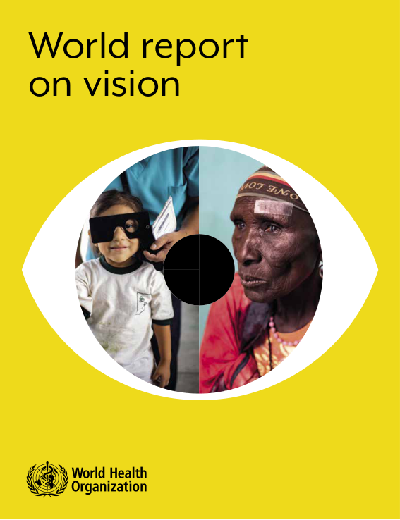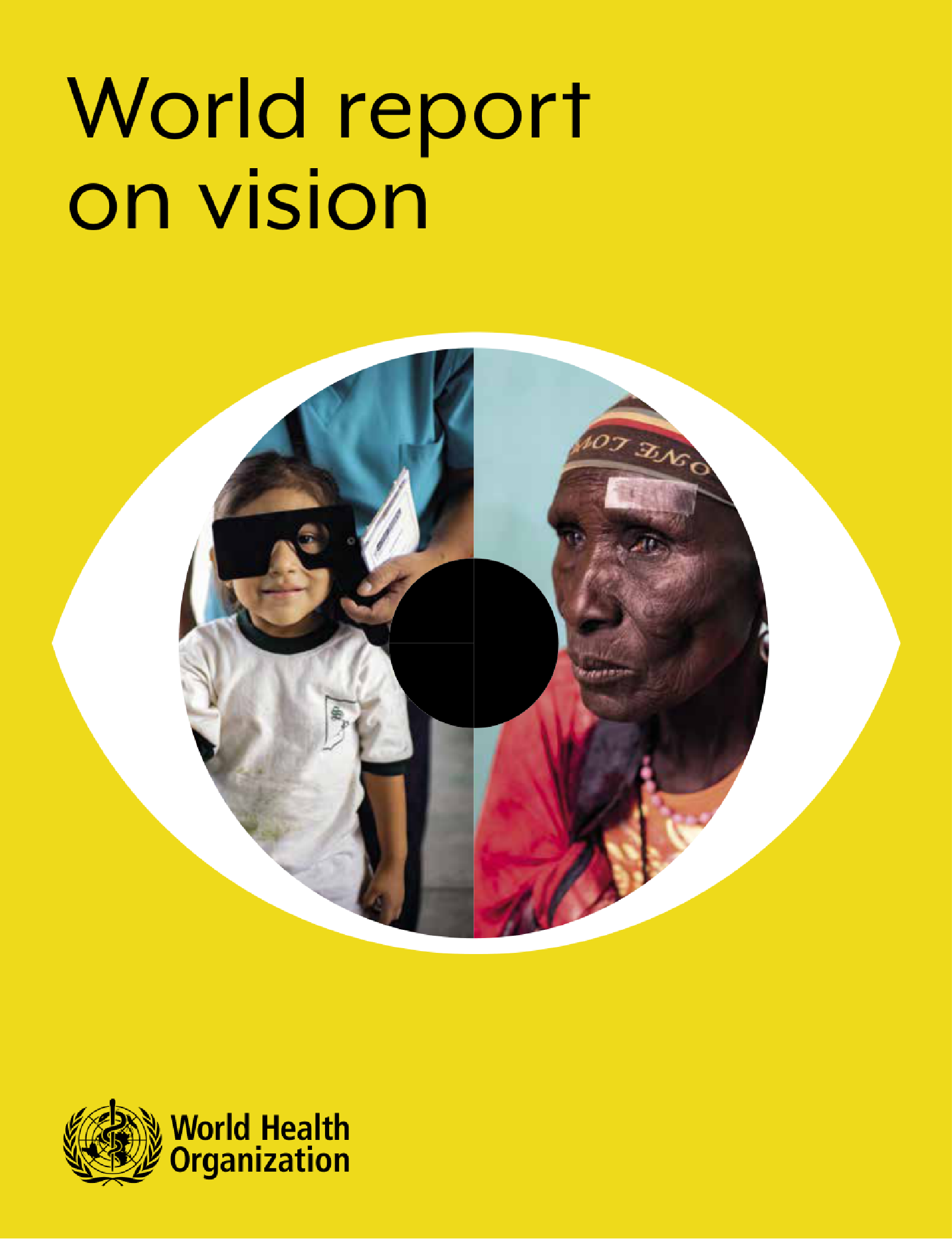



收藏
纠错
全世界共有10亿多人因无法得到必要的医疗或护理服务来解决近视、远视、青光眼和白内障等问题而视力受损。人口老龄化、生活方式改变和获得眼科护理机会有限是视力障碍人数不断增加的主要因素,在低收入和中等收入国家尤其如此。将眼科保健纳入国家卫生计划和基本卫生保健服务是每个国家实现全民健康覆盖的重要组成部分。
2019年世界视力报告 The global need for eye care is projected to increase dramatically in the coming decades posing a considerable challenge to health systems.Despite concerted action during the past 30 years, significant challenges remain.The World report on vision seeks to stimulate action in countries to address these challenges by proposing integrated people-centred eye care (PCEC)as an approach to health system strengthening that builds the foundation for service delivery to address population needs.IPCEC refers to eye care services that are managed and delivered to assure a continuum of promotive, preventive,treatment and rehabilitative interventions against the spectrum of eye conditions, coordinated across the different levels and sites of care within and beyond the health sector, and according to their needs throughout the life course.IPCEC will also contribute to achieving universal health coverage (UHC)and Sustainable Development Goal 3(SDG3): "Ensure healthy lives and promote well-being for all at all ages". Vision,eye conditions and vision impairment Vision, the most dominant of our senses, plays a critical role in every facet and stage of our lives. We take vision for granted, but without vision, we struggle to learn to walk, to read, to participate in school,and to work. Vision impairment occurs when an eye condition affects the visual system and one or more of its vision functions.Vision impairment has serious consequences for the individual across the life course. Many of these consequences can, however, be mitigated by timely access to quality eye care and rehabilitation. 【更多详情,请下载:2019年世界视力报告】
